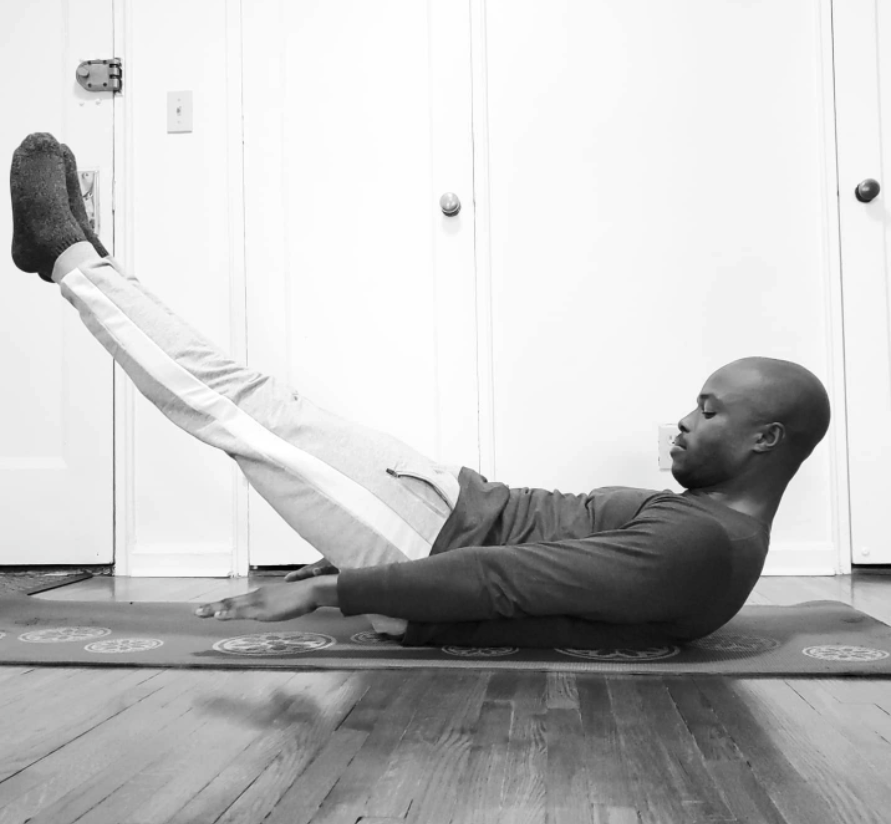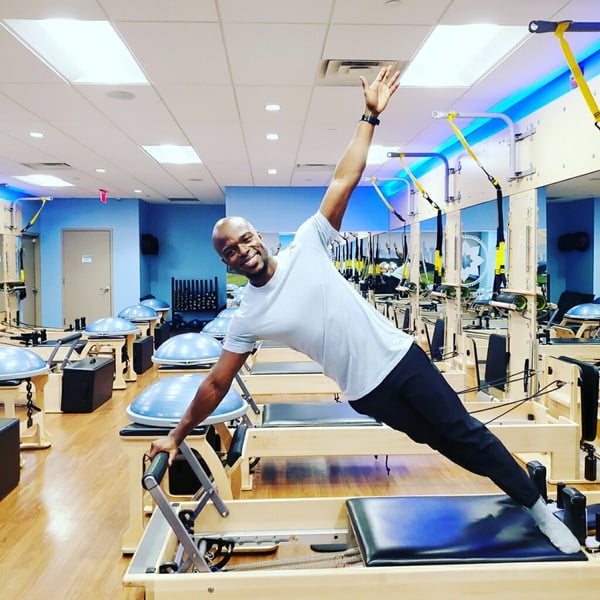The hips are a remarkable part of our bodies.
They are strong enough to provide impressive stability, to help us birth babies, and to keep us moving. The muscles in our hips—think the glutes, hip flexors, adductors, and hamstrings—are a vital group that carry quite a bit of power.
And when the hips are hurting, we really feel the consequences. But it doesn't take a big injury to cause major problems here—sometimes, the most subtle little habits, like repeatedly leaning into one hip whenever we're standing around, can cause imbalances, putting excessive stress in one area and hurting our hips over time.
“Overall there is nothing wrong with placing our hips into various positions,” says Adefemi Betiku, DPT, CSCS, instructor for Club Pilates. “Our hips are powerful enough to handle them. The issues arise when we are consistently placing our hips into the same positions for prolonged periods of time, or trying a new activity that's too aggressive and puts a strain on the hip joint.”
Simple habits, when done over and over again, can harm even this super mighty part of the body. Luckily, a few small adjustments to our daily routines and tendencies can help us keep our hips strong, limber, and healthy.
The big three: Sitting, sleeping, and overdoing it
1. Sitting too much or unevenly
No surprise here: Sitting is a big offender when it comes to long-term hip pain. “Sitting for prolonged periods of time could increase one's possibility of hip joint issues,” Dr. Betiku says. According to Get America Standing, the average American sits for 10 hours a day. That’s a lot of time on our rumps.
Extended sitting can cause muscle degeneration and pain not only in our hips, but also in our backs and necks. You can combat this by making conscious efforts to stand throughout the day, which will reactivate the muscles and get the blood flowing: Take those cues from your Apple Watch to get up, walk around, and even do a few stretches. Some studies suggest standing 15 minutes for every hour you sit at your desk.
Also, watch how you're sitting. Crossing your legs, or always sitting with a wallet in one pocket, can stress the joint and cause imbalances that lead to tendinitis.
2. Consistently sleeping on the same side
Dr. Betiku says sleeping repeatedly on one side is also a bad habit to kick. Always curling up in the same direction can cause certain hip pathologies such as bursitis, or inflammation in your hip joints, he says.
If you're a dedicated fetal pose sleeper, don’t panic yet. Sleeping on your side is said to be one of the healthier ways to sleep, according to the Sleep Foundation. That's because it potentially allows for proper alignment of your spine. The pain can come, however, when that position isn’t happening. The solution: Try sleeping with a body pillow to help with alignment and ease those morning aches and pains.
3. Going too hard too soon at the gym
With any exercise, diving in full steam ahead without stretching enough or balancing out the muscles can lead to injury and pain, particularly in your hips and lower back. “Performing moderate to high impact exercise without performing other stretches and exercises that help ameliorate these forces could cause a host of hip issues,” Dr. Betiku says. To strengthen and soothe achy hips, Dr. Betuki leans on Pilates for its well-rounded benefits.
“As a doctor of physical therapy, strength and conditioning coach, as well as a certified Pilates teacher, I have had the opportunity to fully understand the benefits of performing exercise routines that promote optimal hip health,” he says. “Pilates has the ability to promote hip bone growth, hip joint mobility, hip joint flexibility, as well as hip joint strengthening.”
He says that doing simple Pilates mat exercises at home can be a simple and effective solution to help with this.
Also, watch how you're sitting. Crossing your legs, or always sitting with a wallet in one pocket, can stress the joint and cause imbalances that lead to tendinitis.




